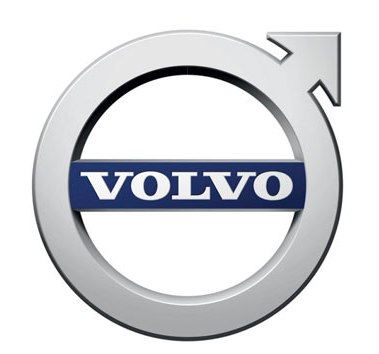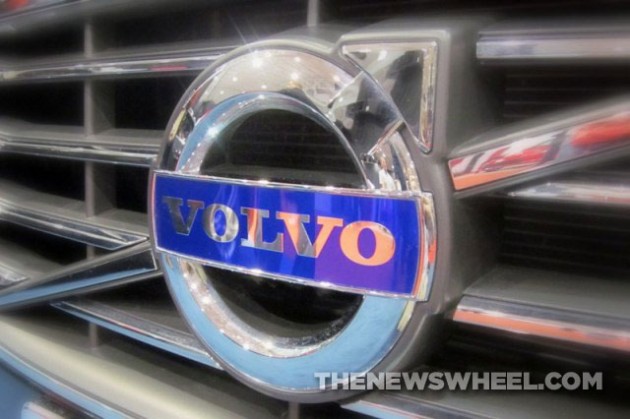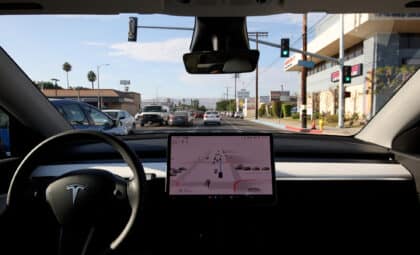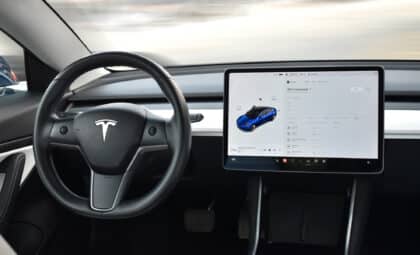For the past 85 years, Volvo has adorned its signature diagonal bar across its vehicles’ radiator grilles with the same badge: a silver circle with an arrow pointing out diagonally (northeast). If you’ve ever stopped and looked at it, you might have realized this is the icon typically used to identify male gender. Why would the automaker use such a design for its identity?
Find out why the Volvo logo is the male gender symbol and its connection to the company’s name!
More Logos: Ever wonder what the stars in the Subaru badge signify?
Swedish auto manufacturer AB Volvo first began in 1926, after founders Assar Gabrielsson and Gustaf Larson began manufacturing automobiles within parent company Svenska Kullagerfabriken (SKF)–a company which produced bearings for the auto industry and became functioned as Volvo’s financial backer.
The Volvo name was a joint decision between SKF management and the company’s founders. They wanted an easy-to-pronounce name that could be spoken and written around the world with minimal chances of misspelling.
The root word “Volvere” is Latin for “to roll.” When conjugated in first person, the verb becomes “volvo,” meaning “I roll.” This reflected both a personal connection and suggestion of automobile movement.
Most people have recognized the Volvo logo’s resemblance to the male gender symbol, but is that intentional?
The male gender icon originated in ancient Rome, used as the astrological symbol for Mars (probably his sword and shield). During the Renaissance, it became synonymous with the male gender (the symbol for Venus being the female gender). However, alchemists used these icons for something else.
Volvo’s logo is actually the ancient chemical symbol for iron. The company’s founders wanted a strong image for their vehicles. Gabrielsson and Larson were inspired by their time spent working for a Swedish steel company. The country had already developed a reputation for steel production, as proven during WWI.



Known as the “Iron Mark,” it reflects the strength and heritage of the Swedish company. It represents the automaker’s strength, safety, and durability. The silver color represents perfection and refinement while the blue color (often used for the text portion) depicts wisdom and reliability.
Combined with the automaker’s name, Volvo’s badge represents “rolling strength.” This perfectly-fitting combination has been used on most vehicles since the very first one in April, 1927.
Apart from a slight redesign in 2014 (putting the Volvo name inside the circle instead of over it), it’s doubtful you’ll see the Volvo name or logo change much in the future. That’s because Ford’s purchase of the Volvo Car Corp in 1999 to Ford involved one stipulation: the Volvo name and logo had to continue being used. Thus, the brand identity was put into a holding company co-owned by Volvo and Ford.
Enjoy learning about the Volvo emblem? Check out the rest of our “Behind the Badge” series to learn about other auto brands!
More Badge Mysteries Solved: The reason why the Alfa Romeo logo depicts a giant snake eating a man whole
Sources: ABC News, Logo Design Love, Volvo Club UK
The News Wheel is a digital auto magazine providing readers with a fresh perspective on the latest car news. We’re located in the heart of America (Dayton, Ohio) and our goal is to deliver an entertaining and informative perspective on what’s trending in the automotive world. See more articles from The News Wheel.












